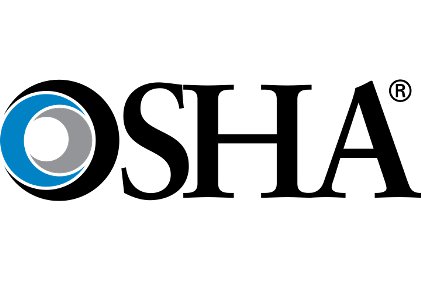 OSHA took industry and EHS professionals by surprise late Friday by announcing what some call a long-overdue proposed rule to lower worker exposure to crystalline silica – a substance that causes cancer, silicosis, chronic obstructive pulmonary disease and kidney disease in those who are exposed to it.
OSHA took industry and EHS professionals by surprise late Friday by announcing what some call a long-overdue proposed rule to lower worker exposure to crystalline silica – a substance that causes cancer, silicosis, chronic obstructive pulmonary disease and kidney disease in those who are exposed to it.
The proposed rulemaking includes two separate standards—one for general industry and maritime employment, and one for construction.
The amount of silica exposure allowed for general industry and maritime workers would be cut in half. The change in exposure limits for the construction industry would be even more drastic: an 80 percent decrease.
Limit, surveillance, training
It includes a new exposure limit for respirable crystalline silica and details widely used methods for controlling worker exposure, conducting medical surveillance, training workers about silica-related hazards and recordkeeping measures.
Exposure to airborne silica dust occurs in operations involving cutting, sawing, drilling and crushing of concrete, brick, block and other stone products and in operations using sand products, such as in glass manufacturing, foundries and sand blasting.
Dr. David Michaels, assistant secretary of labor for occupational safety and health, said the proposal will prevent thousands of deaths from silicosis—an incurable and progressive disease—as well as lung cancer, other respiratory diseases and kidney disease.
Once the full effects of the rule are realized, OSHA estimates that the proposed rule would result in saving nearly 700 lives per year and prevent 1,600 new cases of silicosis annually.
Designed for employer flexibility
“The proposed rule uses common sense measures that will protect workers’ lives and lungs—like keeping the material wet so dust doesn’t become airborne,” added Michaels. “It is designed to give employers flexibility in selecting ways to meet the standard.”
The proposal is based on extensive review of scientific and technical evidence, consideration of current industry consensus standards and outreach by OSHA to stakeholders, including public stakeholder meetings, conferences and meetings with employer and employee organizations.
The agency currently enforces 40-year-old permissible exposure limits (PELs) for crystalline silica in general industry, construction and shipyards that it says are “outdated, inconsistent between industries and do not adequately protect worker health. The proposed rule brings protections into the 21st century. ”
Public comments ahead
After publication of the proposal, the public will have 90 days to submit written comments, followed by public hearings.
“We’re looking forward to public comment on the proposal,” said Michaels.
For more information on OSHA’s proposed silica rule, visit: https://www.osha.gov/silica/index.html



